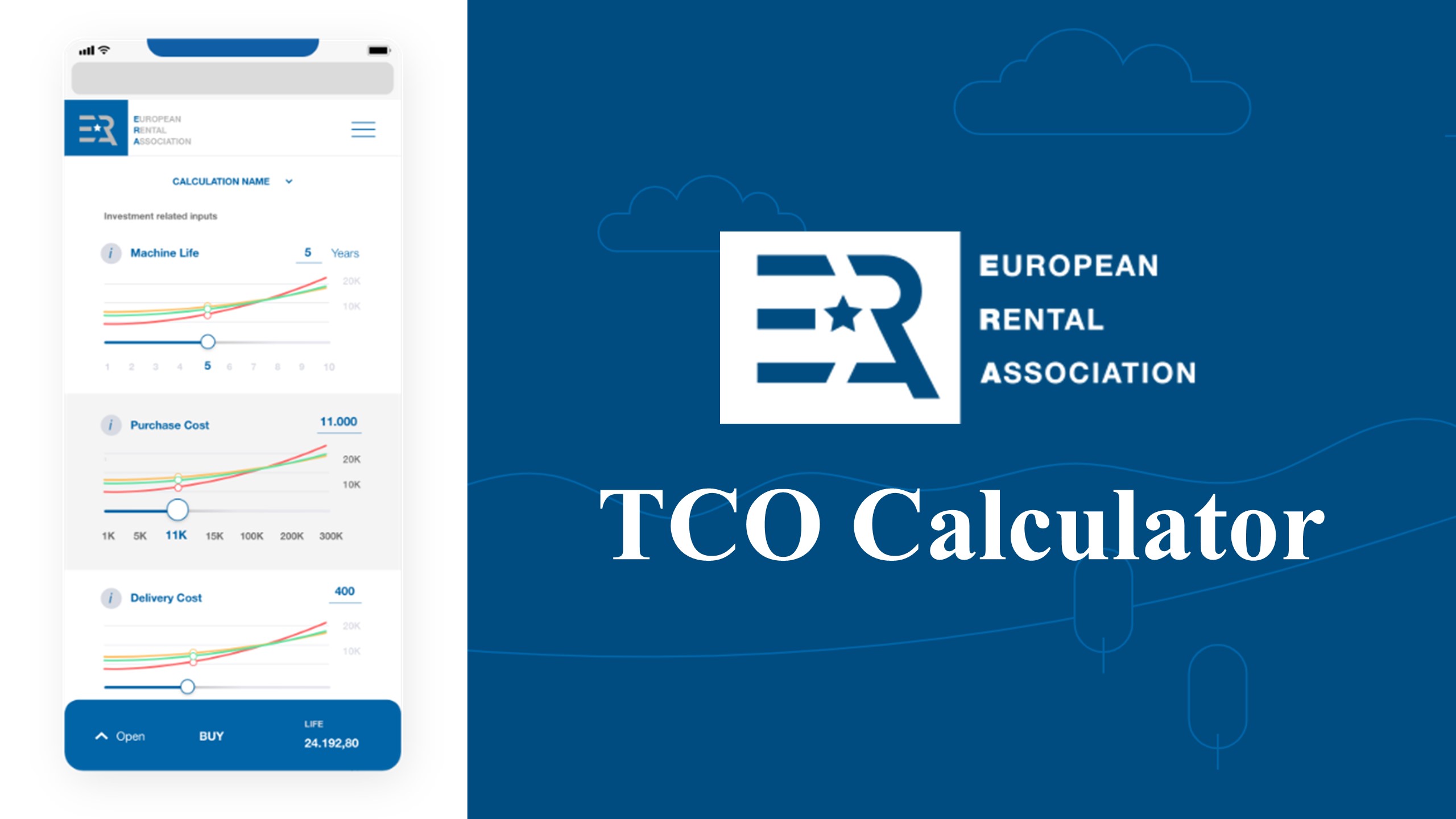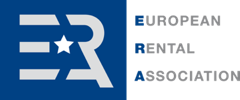Total Cost of Ownership
Rental helps companies reduce their fixed costs and staff costs and minimises the financial risks associated with owning large fleets of equipment.
The purchase of machinery increases the financial risk for a company and represents a significant fixed cost. By renting the same machinery, these fixed costs of ownership are transformed into a variable cost that is dependent on how much (or how little) the asset is used. This has a direct impact on a company’s bottom line and its financial strength.
In addition to the cost of the initial purchase, there are a number of other ongoing costs of ownership, such as insurance, maintenance, in-service inspection, repair, transportation and storage. These costs tend to increase over the lifetime of the machine, and are only marginally related to its actual use.
It can be very risky – if not financially impossible – for a company to own all of the equipment it needs to fulfil its workload, in particular when a company is just starting to establish itself. Obtaining credit can be difficult, and this means that it can also be difficult to establish a fleet using finance leasing alone.
Renting equipment dramatically reduces the amount of capital required as you only pay when you use the machine.
These financial considerations mean that more and more companies prefer rental as a solution to their equipment needs.
Read our Guide to Total Cost of Ownership (also in French and Spanish).
OPPORTUNITIES DERIVED FROM RENTING
Rental frees up capital
In addition to the difference between purchase costs and rental charges, as well as the reduced financial risk associated with rental, there is a bigger picture to consider: the opportunity cost of tying up capital in equipment ownership. Rental frees up capital for companies to channel into their core business, helping them to develop and improve their profitability.
Rental supports business growth and expansion
Equally, rental is an excellent tool for supporting business growth and expansion. When companies have a portfolio of projects but not enough bank credit or capital available, such as when markets are uncertain, rental allows them to take advantage of opportunities without the risk of undermining the strength of the company by reducing the available working capital.
EASIER AND SAFER BUDGETING
Rental makes it much easier for companies to budget. While it is relatively simple to calculate purchase costs and estimate maintenance costs for the first years of service, it is not easy to predict how much these costs will increase over time or determine the residual value of the equipment when the time comes to dispose of it.
Many rental companies today offer their customers easy access to operating data on the equipment that they are renting, which makes it easy for equipment users to track their costs. This provides real-time, actionable information that makes it easier to optimise utilisation and reduce downtime. This enables fleet managers to reduce costs and increase profitability.

In 2016, ERA launched a free-to-use calculator that works out the total cost of ownership (TCO) of equipment.
The ERA TCO Calculator is a financial tool designed to help equipment stakeholders better assess the actual cost of equipment by working out the total economic value of the investment. It provides a level of cost analysis not previously available publicly, on a simplified and user-friendly interface.
The calculator offers an independent and unbiased view of buy versus rent, to help equipment stakeholders draw comparisons and make informed decisions.
Beginning in 2017, the scope of the TCO Calculator was expanded to include lease options, both financial and operating, and by introducing the risk factors associated with the operation and management of construction equipment.
The ERA TCO Calculator is an online tool that can also be embedded on other websites and is also available as a mobile application.
Access the ERA TCO Calculator here.

